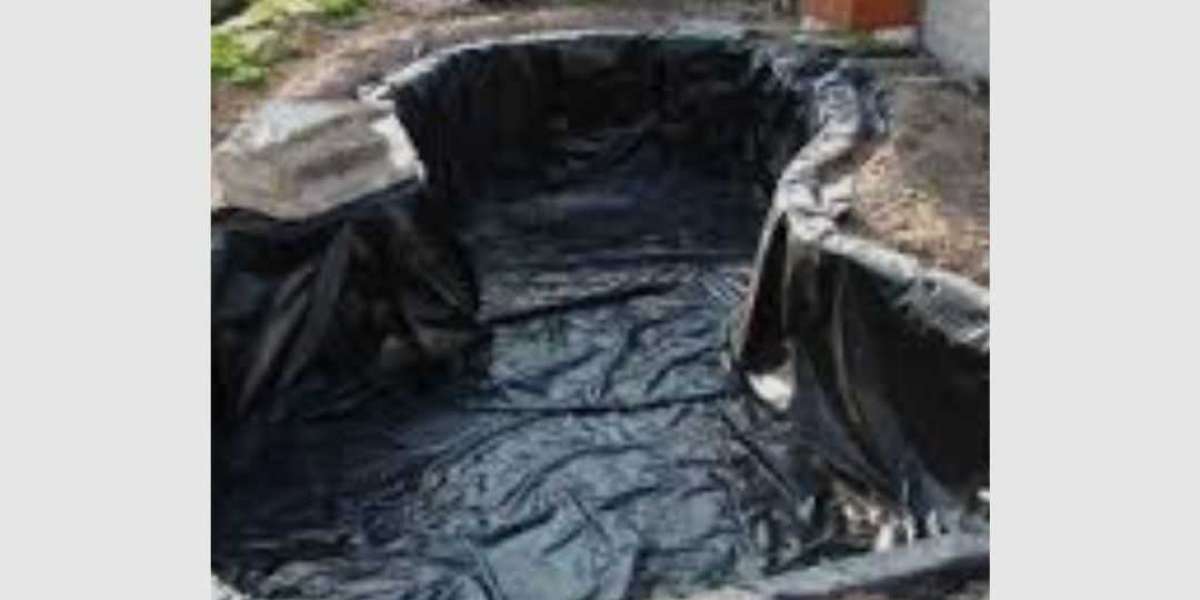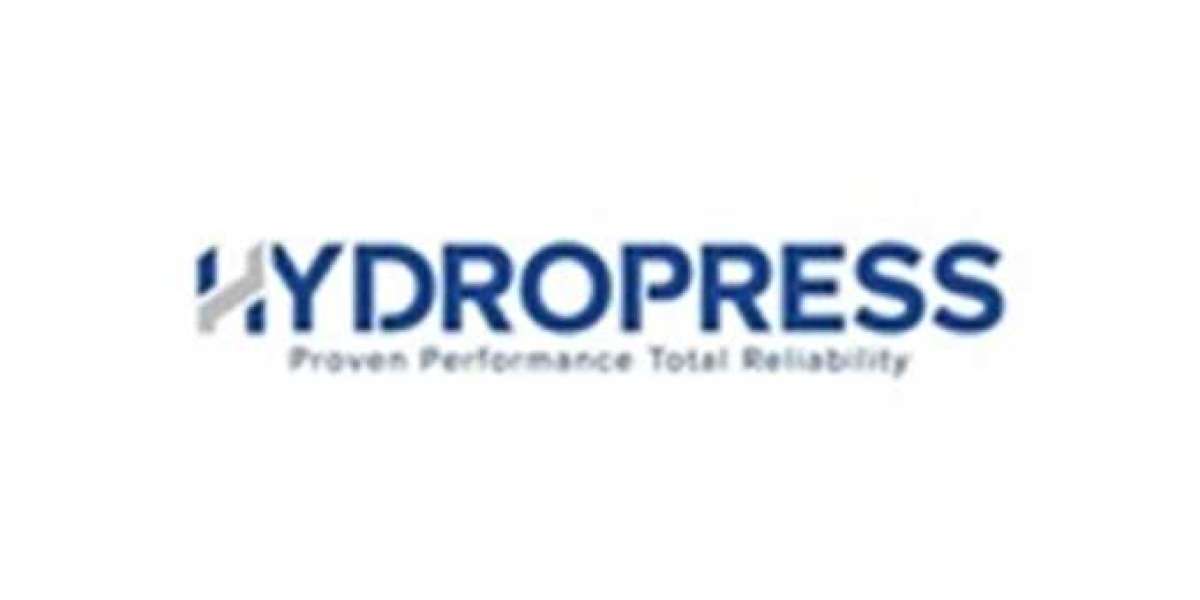When it comes to ensuring the longevity and quality of water containment systems, reinforced polyethylene pond liners (RPE pond liners) are the go-to solution. Their unique composition and durability make them a preferred choice for various aquatic applications, ranging from fish farming to decorative water features in residential or commercial settings. In India, where environmental conditions can be challenging, choosing an RPE pond liner in India ensures that you are investing in a long-lasting and reliable product.
Reinforced Pond Liners: What Are They?
At the start of any discussion about reinforced polyethylene pond liners, it's essential to understand what makes them distinct. RPE pond liners are crafted using a reinforced blend of polyethylene, a type of plastic material known for its high tensile strength and flexibility. Unlike other pond liners, such as PVC or EPDM, RPE liners contain a mesh layer sandwiched between polyethylene sheets, making them more resistant to tears, punctures, and wear.
This superior strength of RPE pond liners makes them an ideal choice for ponds that require a robust, impermeable barrier. From small backyard koi ponds to large-scale water storage systems, RPE pond liners perform well under various conditions, even in extreme weather situations commonly found in India.
Why Choose Them Over Other Liners?
For those exploring pond liner options, the choice often boils down to comparing different materials like PVC, EPDM, and RPE. When it comes to durability, RPE pond liners outshine other materials. The reinforced construction makes these liners lighter yet stronger than both PVC and EPDM. Moreover, RPE pond liners are highly resistant to ultraviolet (UV) rays, which can degrade other liner materials over time.
Another significant advantage of RPE pond liners is their eco-friendliness. RPE is non-toxic and safe for aquatic life, making it an excellent choice for fish ponds, ornamental ponds, and any other application where water quality is a concern. Additionally, RPE pond liners in India are widely recognized for their resistance to chemical breakdown, ensuring that they can withstand exposure to various substances without compromising the pond's integrity.
Applications of RPE Liners in India
In India, RPE pond liners are used in a variety of aquatic and containment projects. The most common application is in fish farming and aquaculture. With the growth of the aquaculture industry in India, the need for reliable pond liners has increased. RPE pond liners are ideal for fish farms because they maintain water quality, prevent leaks, and are easy to clean and disinfect.
Another popular use of reinforced polyethylene pond liners is in landscaping and decorative water features. Whether it's a garden pond, a waterfall, or a fountain, RPE pond liners offer a flexible and strong base that ensures the longevity of these water features. For large-scale applications like reservoirs, stormwater management, and irrigation ponds, RPE pond liners in India provide a cost-effective solution due to their easy installation and durability.
Installation of Pond Liners: A Step-by-Step Guide
While RPE pond liners are known for their ease of installation, it’s essential to follow a few key steps to ensure they are placed correctly for maximum efficiency. Here’s a basic guide on how to install RPE pond liners:
- Prepare the site: Begin by clearing the pond area of any rocks, debris, and sharp objects that may puncture the liner. Ensure that the area is smooth and compacted.
- Excavation: If creating a new pond, excavate the area to your desired shape and depth, keeping in mind the overall design of the pond.
- Install a layer of underlayment: While RPE pond liners are durable, adding a protective layer of pond underlayment can provide additional protection against punctures from the ground.
- Lay the RPE liner: Carefully unfold and spread the RPE pond liner across the prepared surface. Ensure there is enough liner overlapping the pond edges to secure it in place.
- Anchor the liner: Use rocks, soil, or other anchoring materials to hold down the edges of the RPE pond liner. Avoid placing any sharp or jagged objects on the liner to prevent damage.
- Fill the pond with water: Slowly fill the pond with water, adjusting the liner as needed to remove any folds or creases.
- Trim excess liner: Once the pond is filled and the liner is secure, trim any excess liner from the edges.
Benefits of Using RPE Liners in Aquatic Applications
Choosing RPE pond liners comes with a range of benefits, especially for projects in India. First and foremost is the durability factor. Due to their high resistance to punctures, UV rays, and chemicals, reinforced polyethylene pond liners are perfect for both small and large-scale projects. Additionally, they are highly flexible, allowing them to conform to various pond shapes without compromising their integrity.
RPE pond liners are also lightweight, which makes transportation and installation more manageable, especially in remote locations where other types of liners may be difficult to transport. Moreover, their eco-friendly composition ensures that they do not harm the surrounding environment or aquatic life, which is particularly important in ecosystems like aquaculture or ornamental ponds.
RPE Liners in India: A Growing Market
As the demand for reliable water containment solutions grows, so does the market for RPE pond liners in India. Various manufacturers and suppliers across the country offer Reinforced polyethylene pond liners, catering to the needs of both residential and commercial clients. The ease of installation, durability, and environmental safety make RPE pond liners an attractive choice for anyone looking to invest in long-lasting aquatic systems.
With India’s growing aquaculture industry, RPE pond liners have become a critical component of fish farming projects, where water quality and durability are paramount. Additionally, their application in agricultural water storage systems, such as irrigation ponds, has increased significantly due to their ability to withstand harsh environmental conditions.
Maintenance of Pond Liners: Ensuring Longevity
One of the significant advantages of using RPE pond liners is their low maintenance requirements. However, to ensure the longevity of your pond liner, a few simple maintenance steps can go a long way.
- Regular inspection: Periodically check the pond liner for any signs of damage, such as punctures or tears, particularly around the edges.
- Prevent debris accumulation: Remove leaves, dirt, and other debris that can accumulate in the pond and degrade the liner over time.
- UV protection: While RPE pond liners are UV-resistant, ensuring that the liner is not exposed to direct sunlight for prolonged periods will help extend its lifespan.
- Water quality management: For fish ponds or aquaculture applications, maintaining proper water quality and avoiding chemical spills will protect the liner from degradation.
Conclusion:
Selecting the right reinforced polyethylene pond liner requires careful consideration of various factors. In India, where environmental conditions can be challenging, choosing a high-quality RPE pond liner becomes crucial for project success. The growing availability of RPE pond liners in India, coupled with increasing expertise in installation and maintenance, makes them an excellent choice for various water containment applications.
Frequently Asked Questions (FAQs)
- What is the lifespan of RPE pond liners?
RPE pond liners can last up to 30 years or more, depending on the environmental conditions and maintenance practices. Their reinforced design ensures that they are more durable than other types of liners.
- Are RPE pond liners safe for fish and aquatic life?
Yes, RPE pond liners are non-toxic and safe for fish, plants, and other aquatic life. They are commonly used in aquaculture and fish farming due to their safety and durability.
- Can RPE pond liners withstand extreme temperatures?
RPE pond liners are designed to perform well in both hot and cold climates. They are UV-resistant and can handle fluctuating temperatures without cracking or degrading.
- How thick are RPE pond liners?
RPE pond liners typically come in thicknesses ranging from 20 mil to 40 mil, depending on the application. Thicker liners offer more durability and are ideal for larger or deeper ponds.











